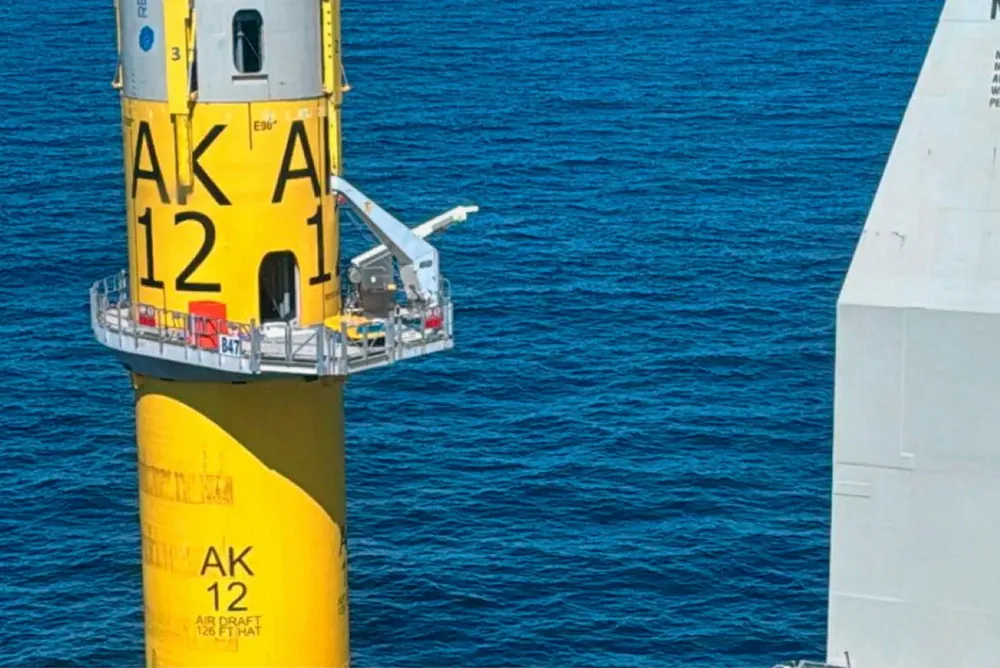Seabed 'geohazard' glauconite adds crushing risk to giant US offshore wind farm plans
Avangrid’s massive New England project could see extra complications if strata hamper monopile installation

Glauconite is a green-coloured mineral in the mica group found in seabed strata throughout the Northeast Atlantic coastline that has been identified as “a potential geohazard” by US federal offshore energy regulator Bureau of Ocean Energy Management (BOEM).
Glauconite’s susceptibility to crushing can result in “driving resistance and premature pile installation refusal, which are significant risks to offshore wind farm development,” BOEM said in a research paper published last year.
New England Wind is being developed in two phases that conform to its previous iteration as separate projects. The first phase had been known as Park City with offtake to Connecticut and the second as Commonwealth for Massachusetts.
Gilvarg said varying measures have been included in the COP that “will fully mitigate any risk associated with glauconite, and Avangrid does not anticipate the need to remove any positions within the lease area.”
Mitigation measures may include use of jacket or suction bucket foundations instead of monopiles that can be installed with lower resistance from glauconite.
BOEM data indicates that glauconite is likewise present in oil major BP's Beacon Wind site in the adjacent lease in the Massachusetts wind energy area (WEA). The regulator recently greenlit BP's proposal to assess suction bucket foundations in the site.
Beacon Wind, the Empire Wind projects under development by Equinor and Orsted's Sunrise Wind were named on a list of lease areas facing potential glauconite presence that was presented to delegates at the recent IPF 2024 industry conference, during a panel moderated by the National Renewable Energy Laboratory.
(Copyright)What is glauconite?
Glauconite is a dense, brittle, green-black mineral formed through the transformation of organic materials in shallow seas between the end of the Cretaceous period 65 million to around 43 million years ago.
Present along coastlines on both sides of the Atlantic, it tends to crush when monopiles are driven into it, creating significant friction and even refusal of the foundation. Different mitigation measures can be employed, including use of an auger to drill out the site prior to pile driving, but this results in added costs and disruption of the seabed environment.
Jacket foundations fixed to the sea floor by pin piles have also been proposed, but high steel content in results in higher costs for developers.
Suction bucket foundations that are forced into the sea floor by powerful pumps and don't require pile driving have been deployed in limited offshore wind sites in the North Sea and are set to be tested in the US as well.
US offshore energy regulator BOEM concedes, however, that "presently, there is not a perfect solution to address the engineering implications that occur when installing foundations on sands containing glauconite."